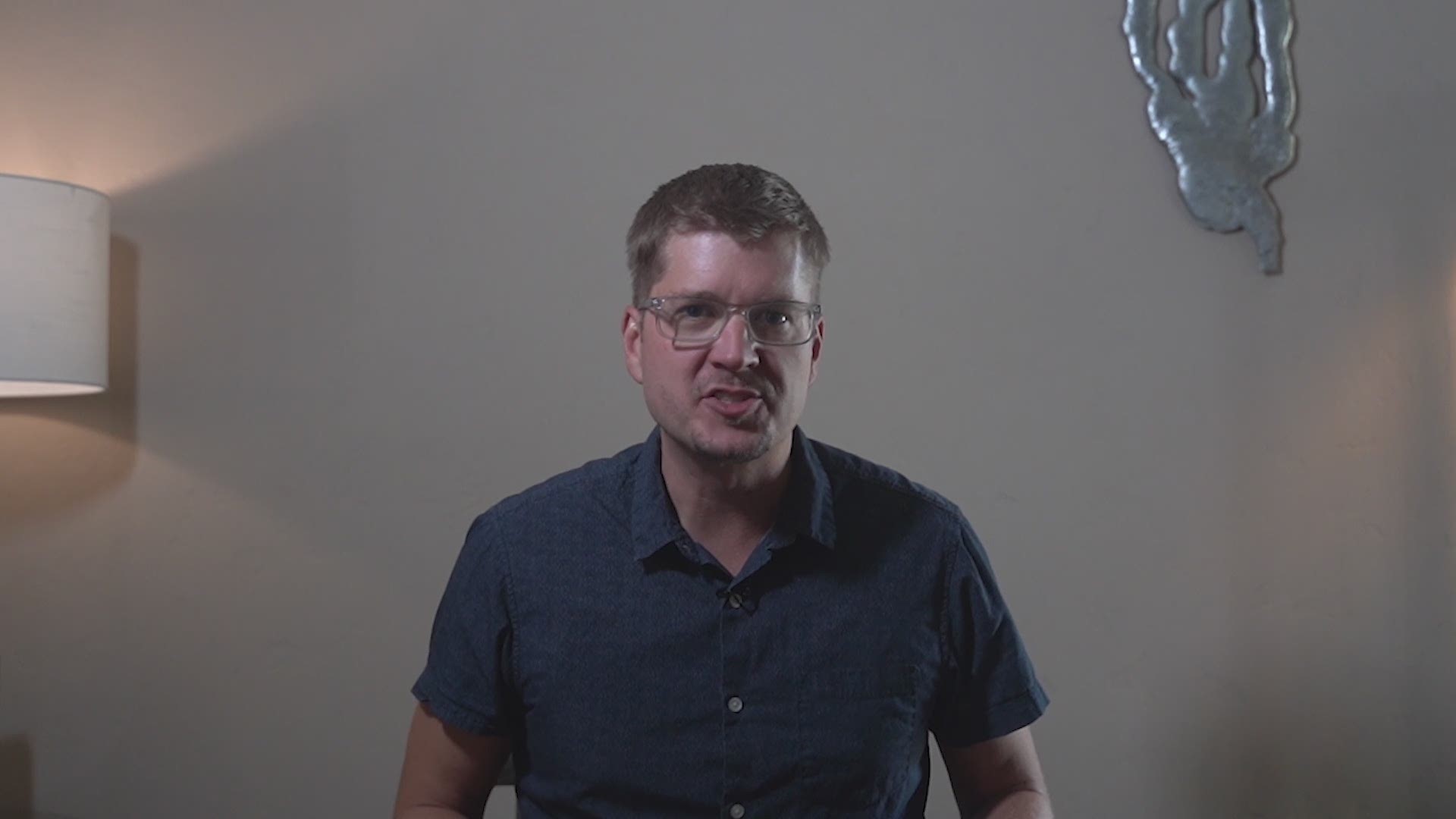CALIFORNIA, USA — When it comes to wildfires, California is no stranger. However, what can be strange are all the terms floating around in reference to firefighting.
What does it mean when we say a fire is contained? What are fuel breaks? And does "mop up" literally include a mop?
Well, first of all, a mop up does not include an actual mop, but it does encompass the general idea of mopping: cleaning up debris. The mop up stage of firefighting involves "extinguishing or removing burning material along or near the control line, felling snags, or moving logs so they won't roll downhill," according to the National Park Service.
The purpose of mopping up is to limit still burning materials that could cause nearby fuels to catch fire. Fuels are the grasses, leaves, brush, and trees—anything combustible—that lie on the forest floor.
As such, creating a "fuel break" means removing those combustible materials in an area to restrict the fire's ability to spread.
The term "containment" feeds right into the fuel breaks firefighters construct. According to the National Park Service, containment refers to "a fuel break around the fire has been completed. This break may include natural barriers or manually and/or mechanically constructed line." A road or lake may be used as a containment line, but often hand crews and bulldozers are creating that line.
The containment percentage refers to how much of the perimeter around the fire has these fuel breaks. When a fire is 100 percent contained, this means that firefighters have managed to get a line completely around its perimeter.
However, even 100 percent containment does not mean the fire within the line is extinguished.
Nor does it mean that the fire does not have a chance of spreading past a containment line. High winds can pick up a spark and carry a flame over into new territory.
This is also why that containment percentage might be higher one hour, then lower the next. While firefighters may have contained, say, the north side of a fire, the south side could have spread much further, driving that containment percentage lower.
This always-changing metric has been the source of some confusion, especially in the recent North Complex Fire, which has resulted in 15 fatalities.
Butte County Sheriff Kory L. Honea has said that three of the victims of the fire were found together and that they "were aware of the fire."
"They had packed their belongings in preparation for evacuation but ultimately chose not to immediately evacuate based on a belief that the fire was 51% contained," Honea said. "We do not know how they came to believe that...Nonetheless, that was not the case."
Rather than focus on containment, "controlled fire" is the term people should look out for when it comes to knowing if a fire has been extinguished or not.
To "control a fire" is "the complete extinguishment of a fire, including spot fires. Fireline has been strengthened so that flare-ups from within the perimeter of the fire will not break through this line," according to the National Park Service.

